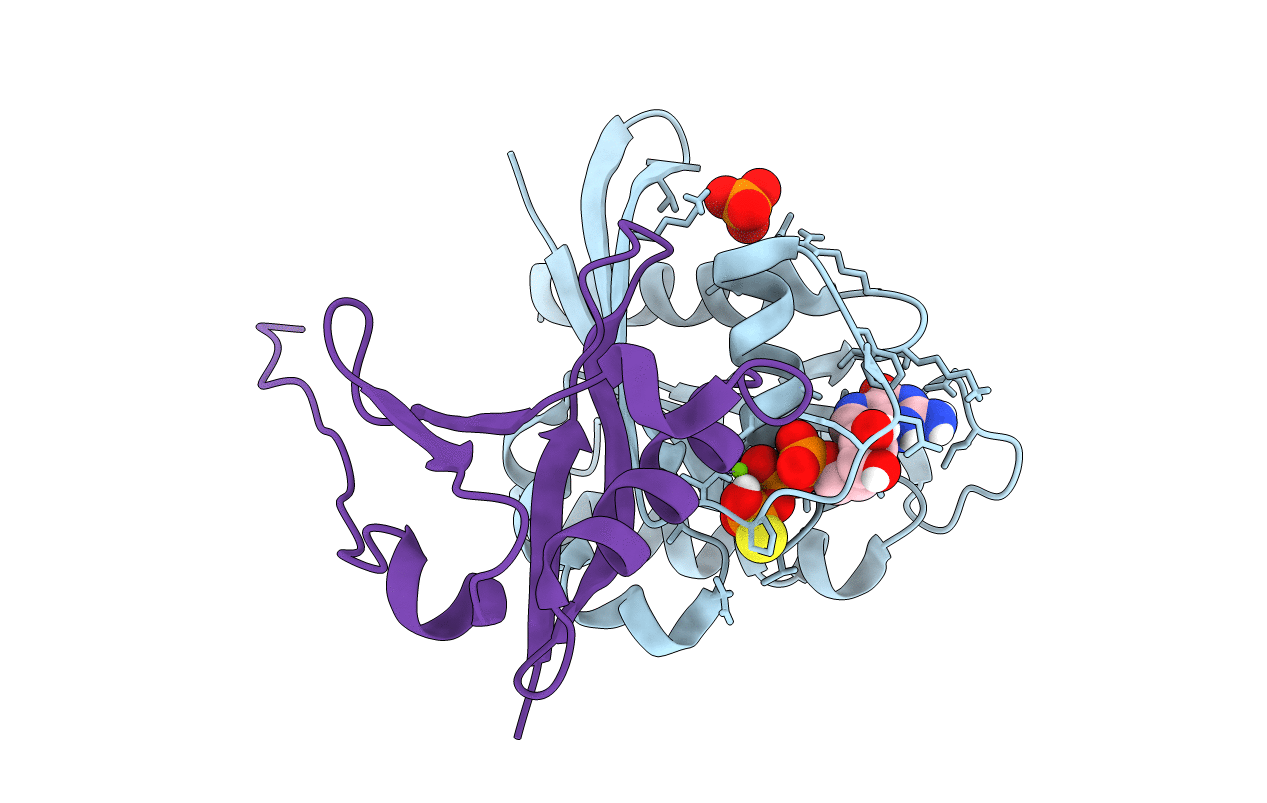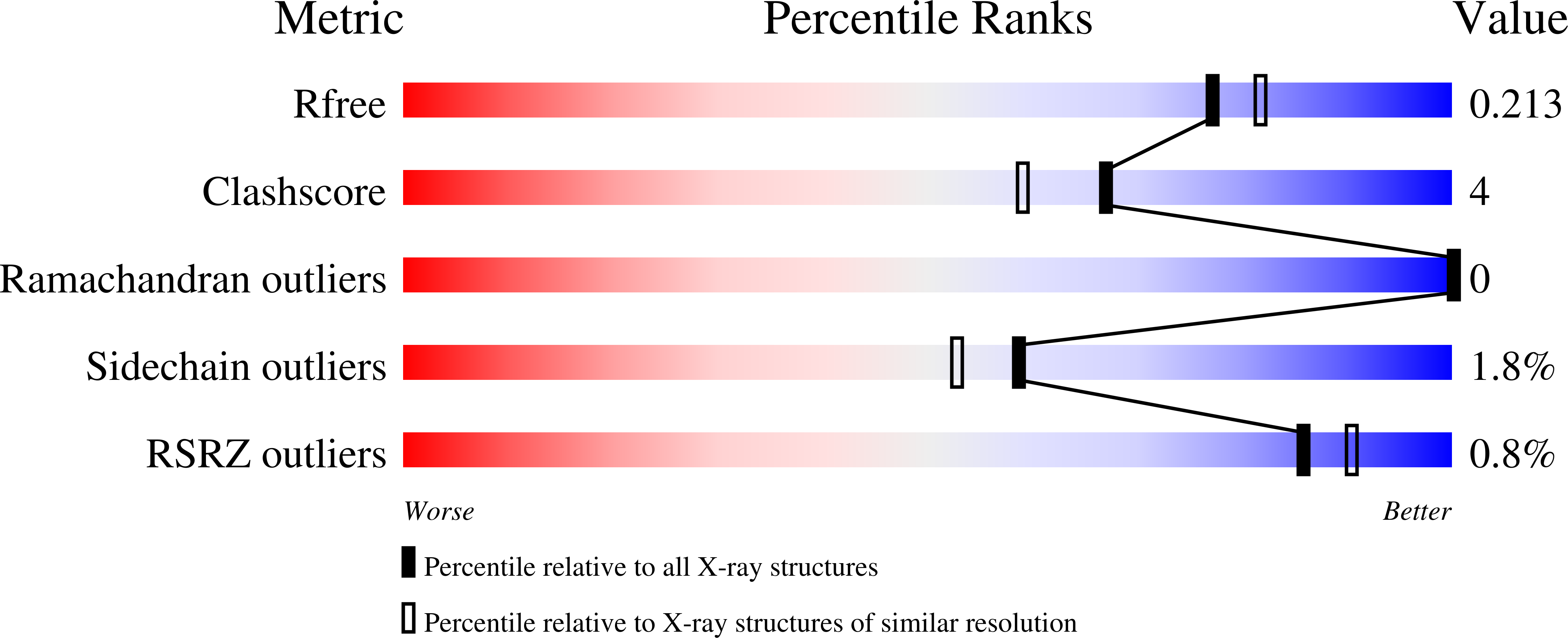
Deposition Date
2021-09-29
Release Date
2022-05-18
Last Version Date
2023-10-25
Entry Detail
PDB ID:
7SCX
Keywords:
Title:
KRAS full-length G12V in complex with RGL1 Ras association domain
Biological Source:
Source Organism:
Homo sapiens (Taxon ID: 9606)
Host Organism:
Method Details:
Experimental Method:
Resolution:
1.96 Å
R-Value Free:
0.21
R-Value Work:
0.17
R-Value Observed:
0.17
Space Group:
C 1 2 1


